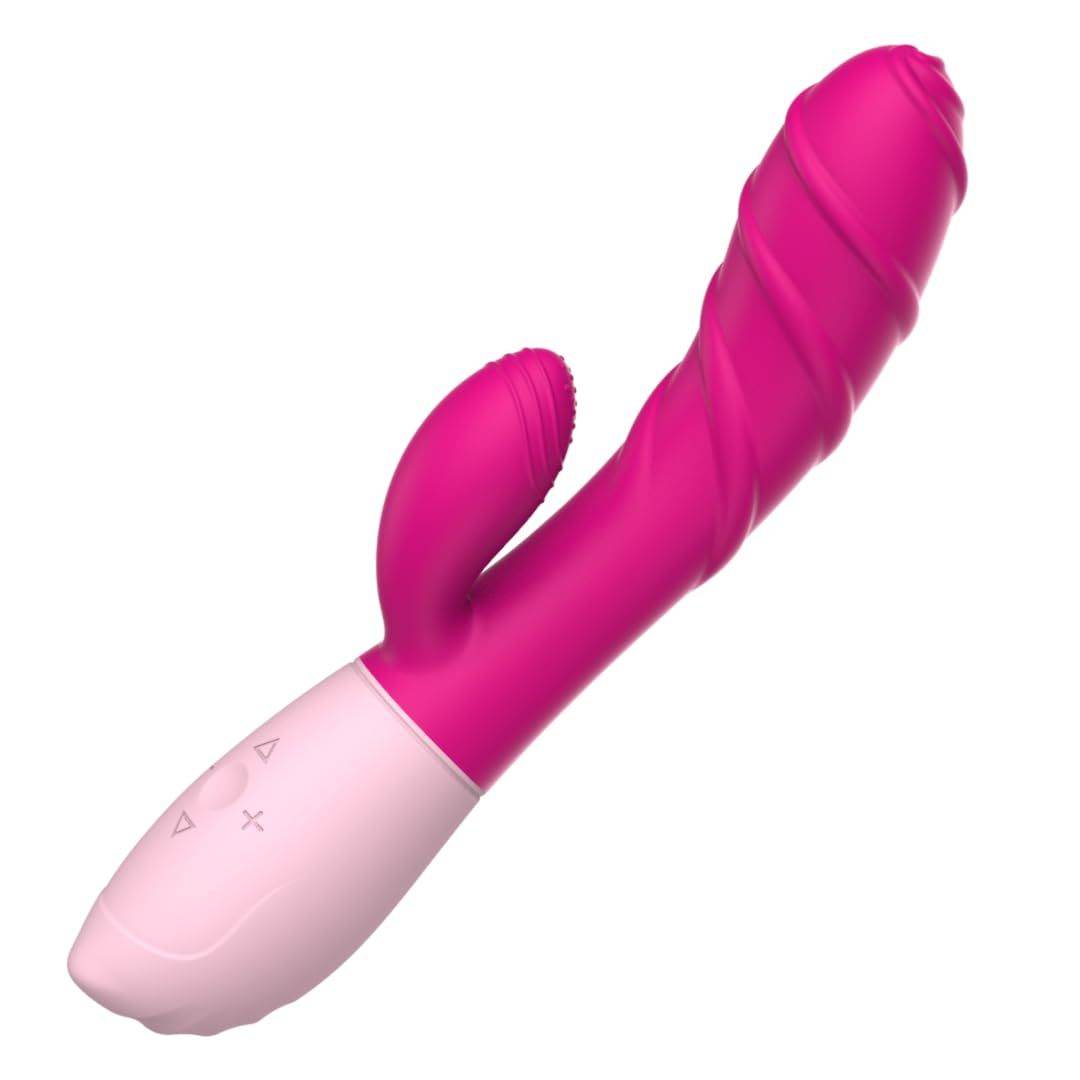The Science of Desire: How Your Brain and Body Work Together
Desire is one of those deliciously human experiences that feels deeply personal, yet it’s also powered by fascinating biology. Your libido may be high, low, or somewhere in between, there’s a lot happening under the surface. Let’s take a stigma-free dive into how your brain and body team up to spark arousal.
Your Brain: The Control Centre of Arousal
It all begins upstairs. Desire isn’t just about what’s happening in your body — your brain is the true MVP. When you encounter something (or someone!) that excites you, different brain regions light up:
The hypothalamus gets busy regulating hormones that influence sex drive.
The limbic system , especially the amygdala and hippocampus, processes emotion, memory, and pleasure. That’s why desire is tied so closely to mood and past experiences.
The prefrontal cortex can either get on board or apply the brakes, depending on context (think: privacy, safety, stress levels).
This means desire isn’t always spontaneous, it’s a dance between excitement, context, and emotional connection.
Hormones: Nature’s Love Letters
Hormones are chemical messengers that have a big say in how much (or little) desire you feel. Here are a few of the stars of the show:
Dopamine: The “reward” chemical. It fuels motivation and pleasure, giving you that delicious buzz of wanting more.
Oxytocin: Known as the “cuddle hormone,” oxytocin builds intimacy and trust. Levels surge during touch, orgasms, and even a cosy hug.
Oestrogen & Testosterone: Present in all genders, these hormones are key players in sexual desire and responsiveness. Fluctuations (like during menstrual cycles, menopause, or ageing) can shift your libido.
Cortisol: The stress hormone. When levels are high, desire often takes a backseat, which is why relaxation and self-care can be just as sexy as lingerie.
Libido: More Than Just “High” or “Low”
We often talk about libido like it’s a single dial you can turn up or down, but it’s far more nuanced. Desire is shaped by:
Physical health (sleep, exercise, hormones)
Mental health (stress, anxiety, self-image)
Relationships(trust, intimacy, attraction)
Environment(privacy, comfort, context)
And remember: there’s no “normal” level of desire. Some people experience it often, some rarely, and some not at all. All of it is valid.
Desire is an incredible collaboration between your brain, hormones, body, and environment. It’s fluid, ever-changing, and beautifully unique to each of us. The more we understand the science of arousal, the easier it is to embrace our own rhythms without judgement.
So if you're feeling fiery, mellow, or somewhere in between, your body is doing exactly what it’s designed to do. Curiosity, kindness, and self-acceptance are the real keys to a satisfying relationship with your desire.






